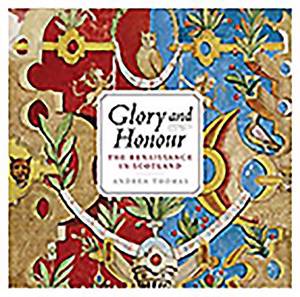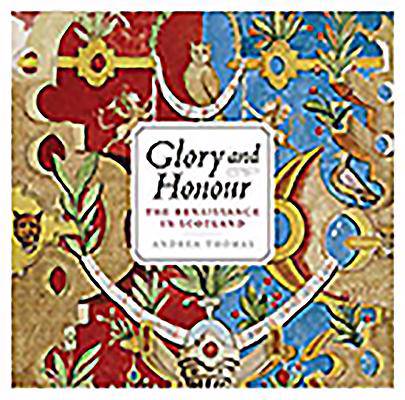
- Afhalen na 1 uur in een winkel met voorraad
- Gratis thuislevering in België vanaf € 30
- Ruim aanbod met 7 miljoen producten
- Afhalen na 1 uur in een winkel met voorraad
- Gratis thuislevering in België vanaf € 30
- Ruim aanbod met 7 miljoen producten
Zoeken
Omschrijving
The Renaissance was the pre-eminent cultural and intellectual movement of fifteenth- and sixteenth-century Europe. It began in Italy and spread elsewhere along trade routes and through diplomatic channels. Since the Scottish kingdom was relatively remote, Renaissance impulses were often filtered through intermediaries in other countries, although there was some direct Italian influence too.
Consequently, the Scottish version of Renaissance culture was a hybrid with multiple antecedents, adapted to suit the needs of Scottish patrons. The Stewart monarchs and the Scottish aristocracy were poorer than many other princes and nobles but keen to assert their equality in dignity and status.They sought to participate fully in the European mainstream, and saw their cultural patronage as a powerful way to facilitate that aim. The buildings, books and artefacts of the period tell the story of a vibrant and cosmopolitan culture that was innovative and confident as well as imitative and aspirational.
Consequently, the Scottish version of Renaissance culture was a hybrid with multiple antecedents, adapted to suit the needs of Scottish patrons. The Stewart monarchs and the Scottish aristocracy were poorer than many other princes and nobles but keen to assert their equality in dignity and status.They sought to participate fully in the European mainstream, and saw their cultural patronage as a powerful way to facilitate that aim. The buildings, books and artefacts of the period tell the story of a vibrant and cosmopolitan culture that was innovative and confident as well as imitative and aspirational.
Specificaties
Betrokkenen
- Auteur(s):
- Uitgeverij:
Inhoud
- Aantal bladzijden:
- 230
- Taal:
- Engels
Eigenschappen
- Productcode (EAN):
- 9781841588728
- Verschijningsdatum:
- 7/01/2014
- Uitvoering:
- Hardcover
- Formaat:
- Genaaid
- Afmetingen:
- 249 mm x 251 mm
- Gewicht:
- 1247 g

Alleen bij Standaard Boekhandel
+ 69 punten op je klantenkaart van Standaard Boekhandel
Beoordelingen
We publiceren alleen reviews die voldoen aan de voorwaarden voor reviews. Bekijk onze voorwaarden voor reviews.











